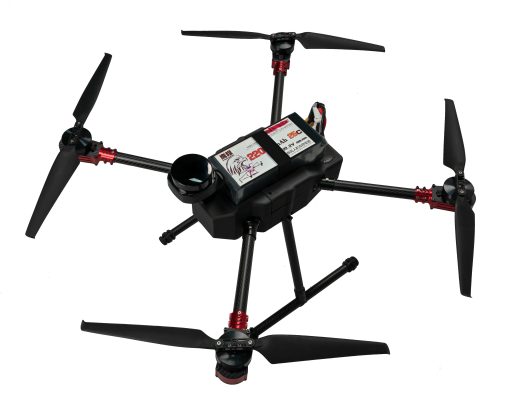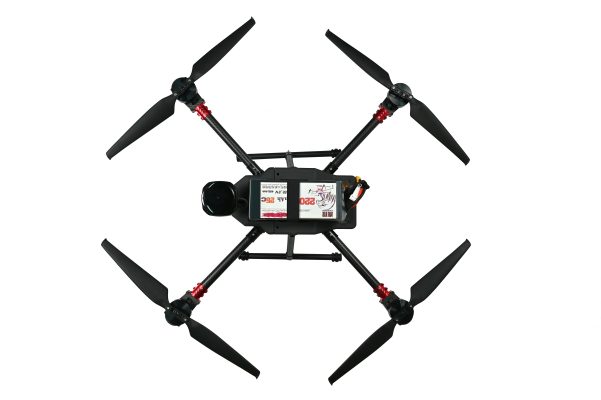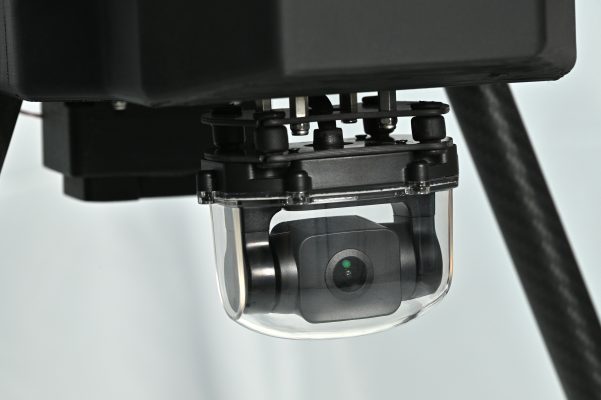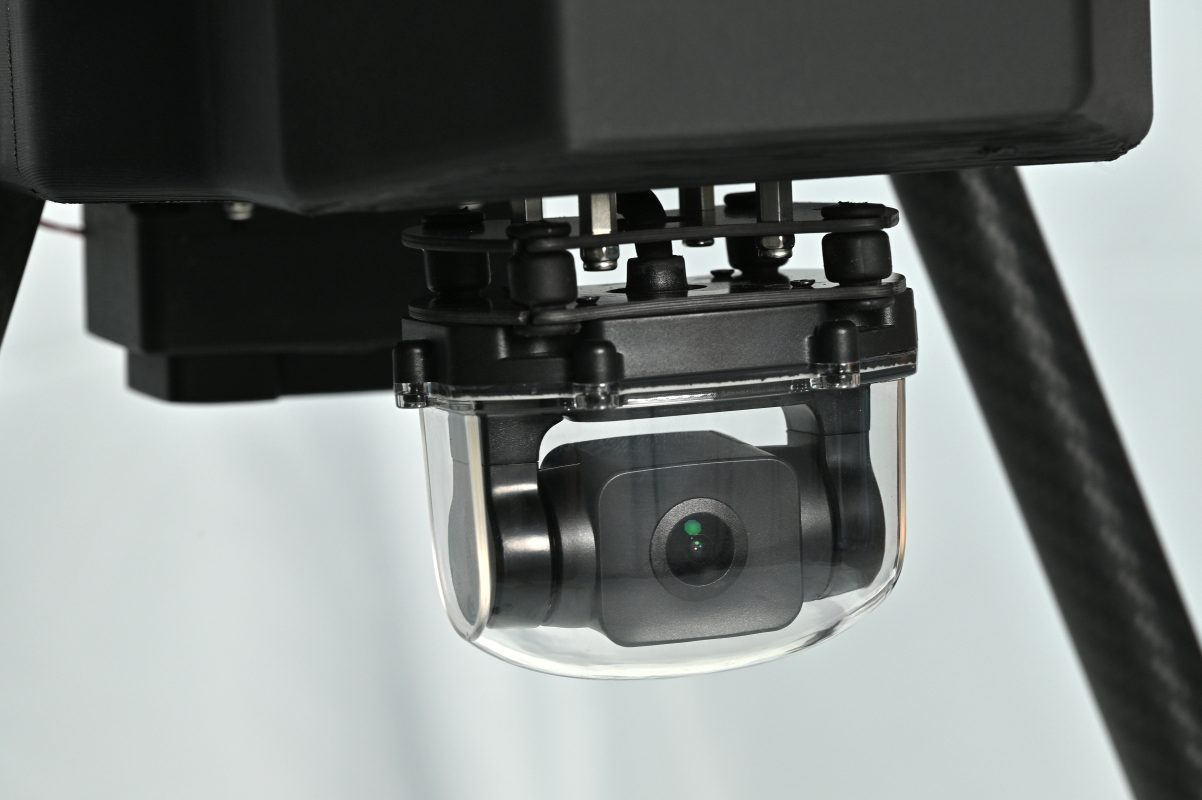Blog
Don’t Panic! FPV Crash Repair & Troubleshooting Guide for Beginners
Introduction
Crashing — or as we say in FPV, “crashing gloriously” — is part of the learning process. Whether it’s your first flight or your hundredth, FPV drones are built to crash, repair, and fly again. But how you respond to a crash can make the difference between a quick fix and a long downtime.
In this guide, we’ll walk you through the step-by-step post-crash checklist, common issues and how to fix them, basic tools you should always have, and when it’s okay to fly again.

1. Stay Calm and Check the Area
-
First, retrieve your drone safely — watch out for water, traffic, or people.
-
Remove the battery immediately to prevent fire risk.
-
Check for any damage to people, property, or surroundings.
-
If using a GPS drone, record the GPS log or playback to review the crash.
2. Basic Post-Crash Checklist
Start with a visual inspection, then go deeper if needed:
-
✅ Props: Cracked or bent? Replace immediately.
-
✅ Arms/Frame: Check for cracks, delamination, or loose screws.
-
✅ Motors: Spin each motor by hand. Any resistance = replace or open for cleaning.
-
✅ Wires: Look for disconnected or pinched wires.
-
✅ Camera & VTX: Check for loose connectors or signal loss.
-
✅ Flight Controller: Are the LEDs still lighting up as normal?
If all checks pass, you can test-power the drone without props on the bench.

3. Common Issues & Quick Fixes
| Problem | Cause | Solution |
|---|---|---|
| One motor not spinning | ESC or motor damage | Test with motor tester or swap ESC |
| Video feed lost | VTX loose, antenna snapped | Check solder joints, replace antenna |
| No power on plug-in | Broken XT60, blown capacitor | Replace connector, check continuity |
| Drone flips on takeoff | Wrong motor direction or prop order | Check Betaflight motor tab |
| Beeping nonstop | FC can’t detect receiver | Rebind or check UART settings |
4. Tools Every FPV Pilot Should Carry
-
? 1.5mm/2mm/2.5mm hex drivers
-
? Spare props and prop wrench
-
? Magnifying glass or loupe
-
? Multimeter (for voltage checks)
-
? Soldering iron + flux + wire
-
? Zip ties, electrical tape, M3 screws
-
? USB cable + Betaflight configurator
Optional: Motor bell puller, hot glue, spare ESC/FC stack for quick swap.
5. When Is It Safe to Fly Again?
✅ All systems tested ✅ No abnormal heat ✅ Props balanced ✅ Motors spin free ✅ Radio link stable ✅ Video feed working
Only then — test hover slowly in a safe area, preferably over grass. If anything feels odd, land and recheck immediately.
Conclusion
Crashing is normal, but learning to repair is what builds real skill. With a basic checklist, a few tools, and some patience, even beginners can keep their drones in the air and out of the repair bin. Remember: every crash is a lesson — and every repair makes you a better pilot.



